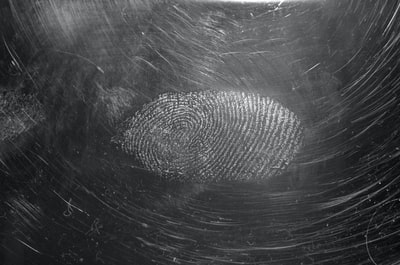Isotopes

- Atoms of the same element all contain an equal number of protons.
- Atoms of different elements contains different numbers of protons.
The sum of protons and neutrons in an atom is known as its mass number.
For example, the chemical symbol for carbon is:
The top value is the number of protons and neutrons. The bottom value is the mass number. So each carbon atom contains:
- 6 protons
- 6 electrons
- 12 – 6 = 6 neutrons
An isotope is an atom of the same element but which contains different numbers of neutrons. They share the same number of protons however they have different mass numbers. For example, an isotope of Carbon 12 is Carbon 14.
- The mass number of Carbon 12 is 12.
- The mass number of Carbon 14 is 14.
——————————————————
Half-life

Due to the fact radioactive decay is so unpredictable it’s not possible to say when it could happen. However, it is possible to calculate how long it will take for half a nuclei of a radioactive substance. This is called the half-life.
There are two definitions of half-life but they essentially have the same basic meaning:
- – the period of time it takes for the number of nuclei within the isotope to half
- – the period of time it takes for the count rate of the isotopes to fall to half what it started at
Different radioactive isotopes consist of different half-lives. For example, the half-life of copper-61 is about 3.5 hours while the half-life of plutonium-240 is approximately 6537 years!
A graph is a good way to find out the half-life of a substance. In order to find it you see how long it take for the counts per minute to drop to half.
